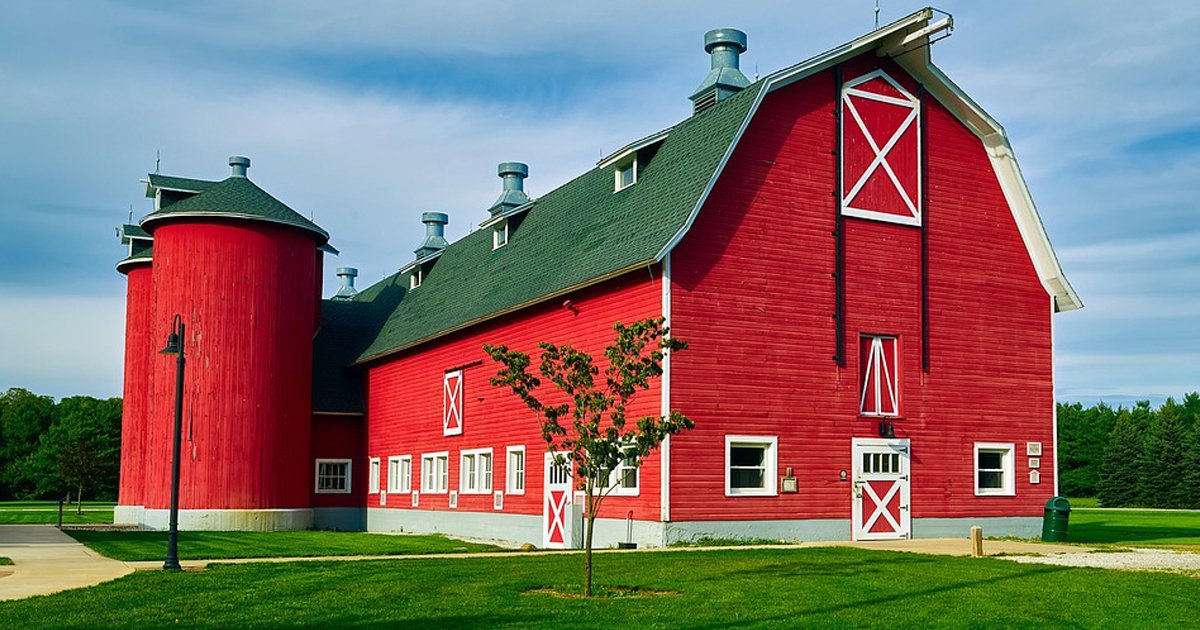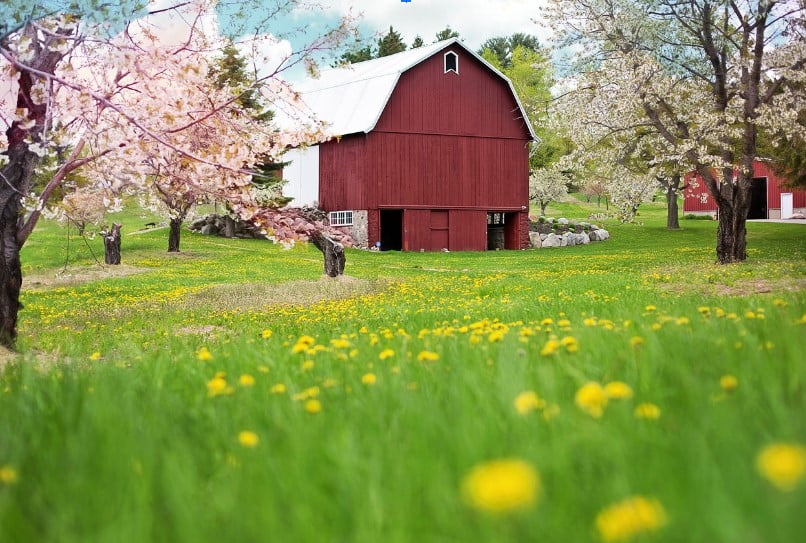Why Are Barns Painted Red?

This is a tale that has its roots in the early history of farming in the United States. In the early days of colonial America, farmers built their barns out of wood, and over time they discovered that they needed a way to protect their structures from the elements. Rain, wind, and sunlight can all take a toll on wooden structures, causing them to rot, warp, or crack. To help prevent this, farmers would use a sealant made from a mixture of linseed oil and milk, which they found would protect the wood from the elements.
However, this protective coating had an unintended consequence it turned the wood a reddish-orange color. This was because the linseed oil reacted with the tannins in the wood, creating a reddish pigment that would eventually fade to a more brownish hue over time.

At first, farmers didn’t give much thought to the color of their barns. They were more concerned with their function, which was to provide shelter for their livestock and storage for their crops. But over time, the red color of the barns became more and more prevalent, until it became a ubiquitous sight in the American countryside.
There are a few different theories as to why red became the color of choice for barns. One theory is that the red pigment was inexpensive and readily available, as it could be made from a variety of materials, including iron oxide, rust, and clay. Another theory is that red was simply the most durable color, as it was less likely to fade or peel than other colors.

Whatever the reason, the tradition of painting barns red has persisted for centuries, and even today, you can still see red barns dotting the landscape in rural areas across the United States. In fact, red is still the most popular color for barns, although you can also find them painted in a variety of other hues as well.
So the next time you see a red barn, remember the long and storied history behind this iconic symbol of rural America. It’s a testament to the ingenuity and resourcefulness of our early farmers, who found a way to protect their structures from the elements using little more than milk and oil.